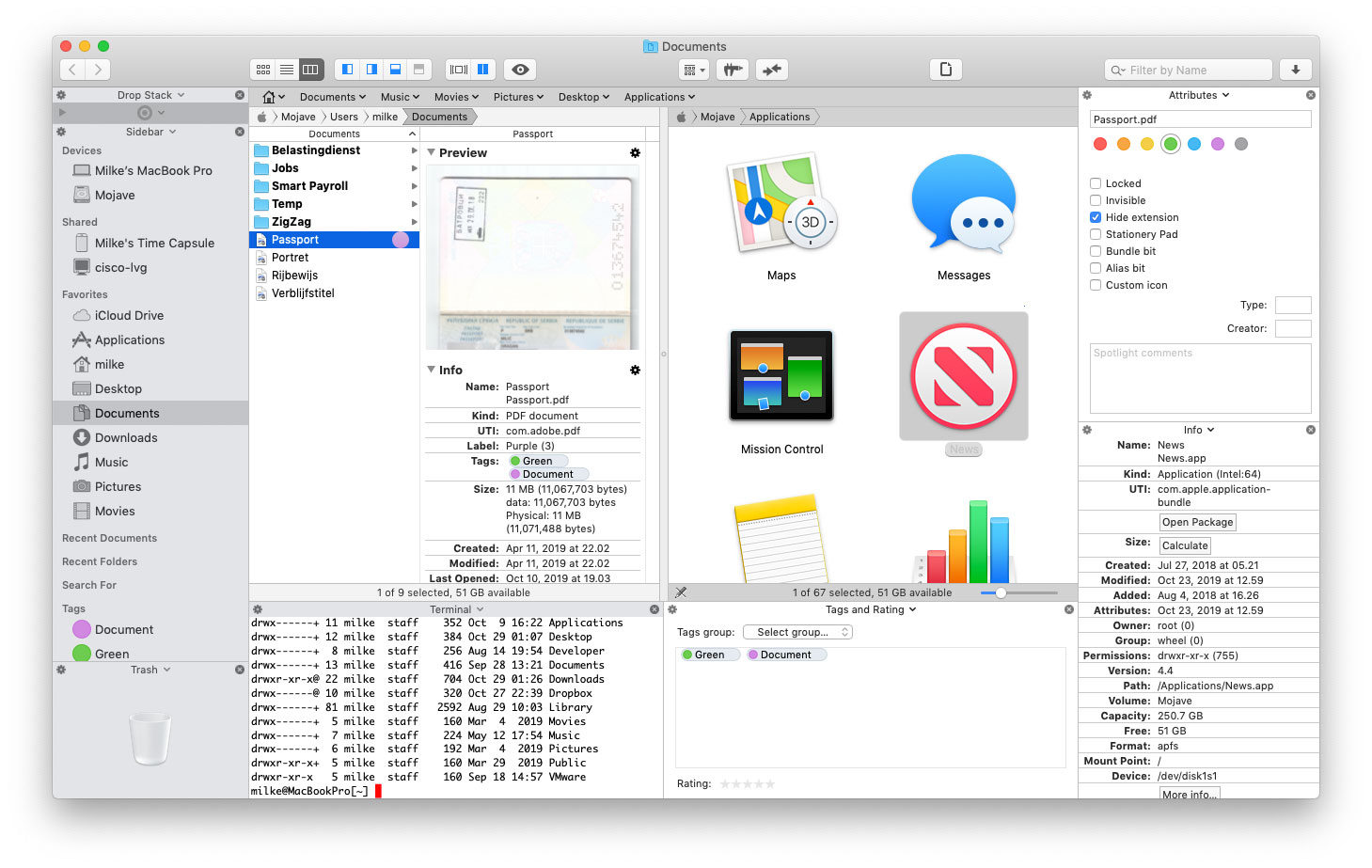

#PATH FINDER MAC INSTALL#
With Path Finder 7, it’s your files, your way. Open the Terminal (Open Spotlight, type in terminal and hit return) Install OSX Fuse and SSHFS by typing in the following commands one after the other (you may be asked to provide your password to proceed with setup): brew cask install osxfuse brew install sshfs To mount the SFTP server as a drive, use the following command. Say goodbye to the days of weak file management. Packed with a plethora of powerful features, Path Finder allows you to take complete control of your documents, photos, videos, music, and so much more. After which, the shell will return a list of all the directories currently listed under the PATH environment variable on your Mac.Organization is key, and Path Finder offers the tools you need to access, browse, and manage all of your files quickly on OS X. To find the PATH variable on Mac, open a terminal window and run echo $PATH. How do I find the PATH variable on a Mac? Steps for doing this are listed in the guide above. Whether you want iPhone and Mac tips or the latest enterprise-specific Apple news, weve got you covered.

zsh_profile) and add your program or script’s PATH to it. Path Finder 8 is an expansive macOS Finder alternative. To permanently set PATH on Mac, all you have to do is open either bash files (. First, click the Apple logo in the top left corner of your Mac Desktop and select System Preferences, then select Extensions in the top-level menu (shown in the 3rd row from the top).

So your system’s shell can continue to access it even when you start a new session or restart your Mac. Setting the PATH on Mac permanently means your PATH environment variable changes aren’t limited to your current shell session, unlike the temporary variable settings. Path Finder is an award-winning file browser and management application for macOS. Path Finder is trusted by teams across every industry.
#PATH FINDER MAC MANUAL#
Follow the steps earlier in the post to know the steps and the different ways to do this. Read the FAQ page and the manual before contacting support. zsh_profile file and add the path of your program or script. Since macOS uses zsh as the default shell on Catalina (and above) versions, you just need to edit either the.

If you’re running macOS Catalina (or above), setting the environment variable is as simple as modifying the shell config or profile file to incorporate the path of the program/script you want to access anywhere. On the other hand, if you set the path for that program in the PATH variable, you can easily use it in any directory on your system without specifying its absolute path. But unfortunately, since doing so over and over would take up a lot of your time and effort, this isn’t a very efficient approach and can’t be used when you want to run commands repeatedly.
#PATH FINDER MAC FULL#
If not, you get the command not found error.Īs we mentioned initially, specifying the absolute or full path of the directory where the program is installed/stored in your command is one way to overcome this error. If a path address is found, it executes the command successfully and returns the output. On macOS, when you run a command in the terminal, it searches for the path of the requested program in that command inside the PATH environment variable. Why Do You Need to Set the PATH Environment Variable? Talking about PATH, the variable contains a list of all the directories (for various programs added to the PATH) that the shell needs to search for to execute your requested programs through a terminal command.


 0 kommentar(er)
0 kommentar(er)
